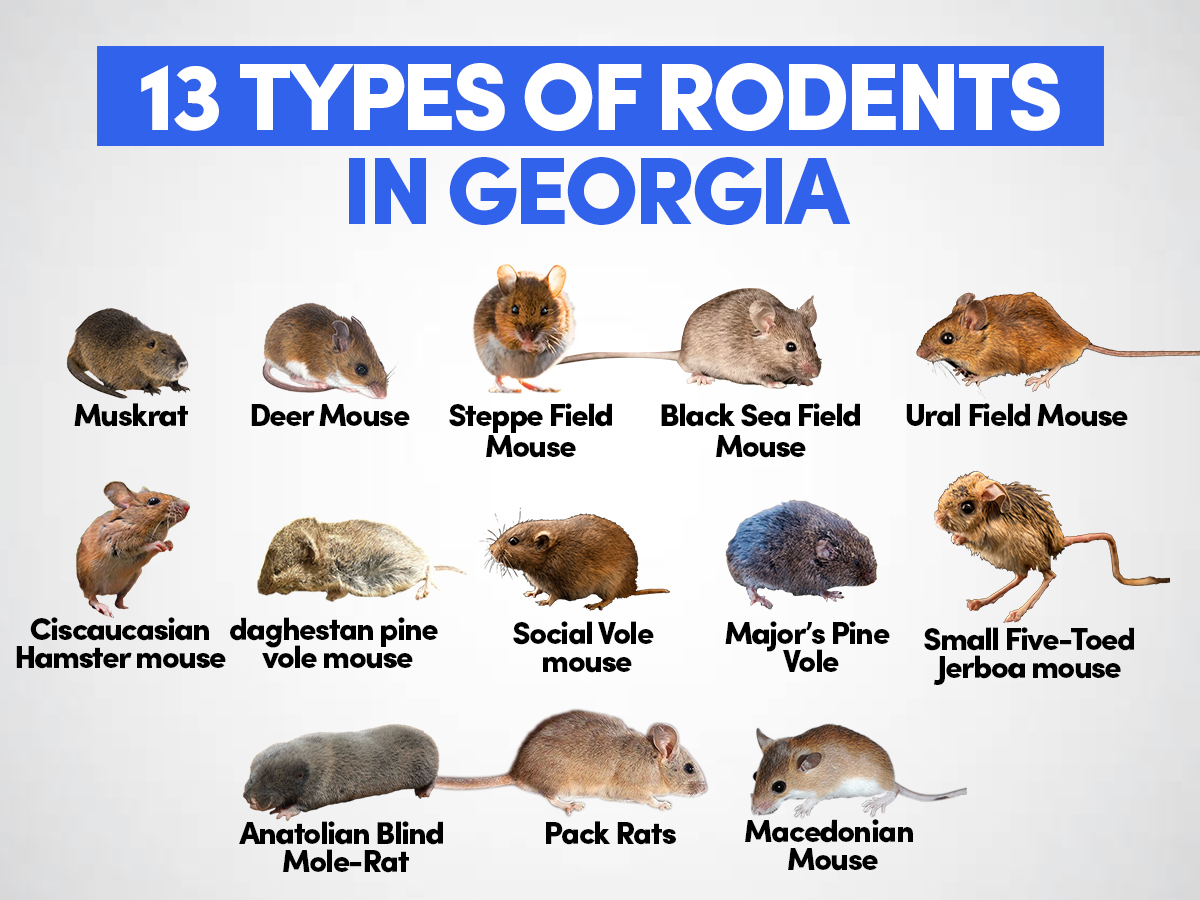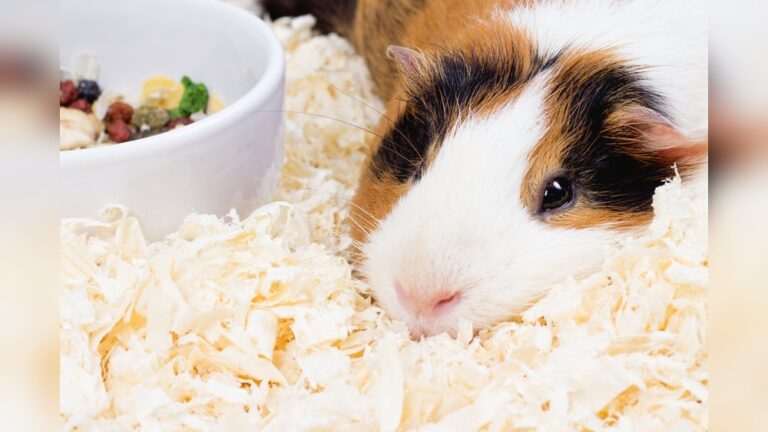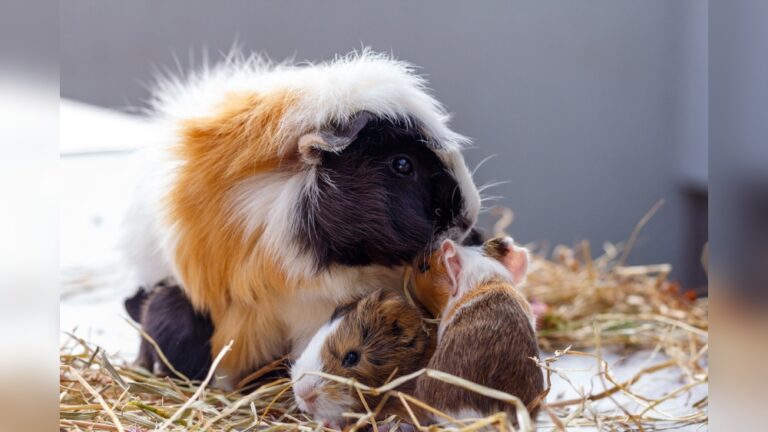Types Of Rodents: Essential Guide to Common and Exotic Species
Have you ever wondered how many different types of rodents share your environment? From tiny mice scurrying in corners to larger creatures like beavers shaping nature, rodents are everywhere.
Knowing the various types can help you understand their behavior, protect your home, or even appreciate their role in the ecosystem. You’ll discover the most common rodent species, what makes each unique, and why learning about them matters to you.
Keep reading to unlock fascinating facts that might change the way you see these small but powerful animals.

Credit: pestforce.net
Rodent Characteristics
Rodents are a diverse group of small mammals found worldwide. They share specific traits that help them survive in many environments. Understanding their characteristics reveals why rodents are so successful. Their features influence how they live, eat, and interact with their surroundings.
Physical Traits
Rodents have strong, sharp front teeth called incisors. These teeth grow continuously and never stop. They use these teeth to gnaw on food and materials. Most rodents have small bodies covered with fur. Their size varies from tiny mice to larger beavers. They also have long tails, which help with balance and communication.
Behavior Patterns
Rodents are mostly active at night or during twilight hours. They are good at hiding and escaping predators. Many rodents live in groups, sharing food and shelter. Some store food to eat later during scarce times. They use scent marking to communicate with others. Their quick movements and alertness keep them safe.
Habitat Preferences
Rodents adapt to many habitats, from forests to cities. Some prefer underground burrows, while others live in trees. They choose places with easy food access and shelter. Urban rodents often live near humans, feeding on scraps. Wild rodents find homes in grasslands, deserts, and wetlands. Their habitat choice depends on safety and food availability.
Common Rodent Species
Rodents are one of the most common mammals on Earth. They live in many places, from cities to forests. Knowing the common rodent species helps us understand their habits and impact.
These animals vary in size, color, and behavior. Each species plays a role in nature but can also cause problems for humans.
House Mouse
The house mouse is small, usually gray or light brown. It lives near people, inside homes and buildings. House mice eat almost anything and breed quickly. They can damage food and spread germs.
Brown Rat
The brown rat is larger than the house mouse. It has a brownish coat and a long tail. Brown rats live in sewers, fields, and urban areas. They dig burrows and eat garbage and crops.
Norway Rat
The Norway rat is similar to the brown rat, often considered the same species. It is strong and fast, with a thick tail. Norway rats prefer low places like basements and drains. They can cause serious damage to buildings.
Squirrel Varieties
Squirrels come in many types, including tree and ground squirrels. Tree squirrels are common in parks and forests. They have bushy tails and sharp claws. Ground squirrels live in burrows and are smaller. Squirrels mainly eat nuts, seeds, and fruits.
Exotic Rodent Species
Exotic rodent species offer a fascinating glimpse into the diversity of the rodent family. These animals live in unique habitats and have distinct behaviors. Many people find them interesting as pets or study subjects. Their unusual traits make them stand out from common rodents.
Exotic rodents vary greatly in size, diet, and social habits. They often require special care and environments. Understanding these species helps appreciate the wide range of life in the rodent group.
Capybara
The capybara is the largest rodent in the world. It lives near water in South America. Capybaras are social animals and live in groups. They eat grasses and aquatic plants. Their calm nature makes them popular in some zoos and wildlife parks.
Sugar Glider
Sugar gliders are small, tree-dwelling rodents. They can glide through the air using skin flaps. Native to Australia and New Guinea, they feed on nectar and insects. Sugar gliders are active at night and very playful.
Chinchilla
Chinchillas have very soft, dense fur. They come from the Andes mountains in South America. These rodents are mostly nocturnal and enjoy dust baths. They eat mainly grasses and seeds. Chinchillas need cool, dry places to live.
Prairie Dog
Prairie dogs are burrowing rodents found in North America. They live in large colonies called towns. These rodents communicate with various sounds. Prairie dogs eat grasses, roots, and seeds. Their digging helps improve soil health.

Credit: www.stomppestcontrol.com
Rodent Habitats Worldwide
Rodents live in many places across the world. They adapt well to different environments. Their habitats vary from cities to wild forests. Each type of rodent prefers a certain place. Understanding where they live helps us learn more about them.
Urban Environments
Cities offer many hiding spots for rodents. Rats and mice find food in trash and buildings. They live in sewers, walls, and basements. Urban rodents survive close to humans. They are active mainly at night to avoid people.
Forests And Woodlands
Many rodents thrive in forests. Squirrels gather nuts and seeds from trees. Mice and chipmunks hide in leaf piles and tree roots. These areas provide shelter and plenty of food. Forest rodents are active both day and night.
Grasslands And Deserts
Rodents in grasslands dig burrows underground. Prairie dogs and kangaroo rats are common here. They avoid heat by staying in cool tunnels. Grasslands and deserts have less water but enough food. Rodents here are skilled at saving water.
Wetlands
Wetlands are home to special rodents like muskrats. These rodents live near water and build lodges. They eat plants and small aquatic animals. Wetlands provide safety and rich food sources. Rodents here swim well and dig in soft soil.
Rodent Roles In Ecosystems
Rodents play many important roles in ecosystems. They help keep nature balanced and healthy. Their actions affect plants, animals, and soil. Understanding these roles shows why rodents are more than pests. They support life in many ways.
Seed Dispersal
Rodents carry seeds away from plants. They hide seeds in different places to eat later. Some seeds grow into new plants where rodents leave them. This helps forests and fields grow and change. Rodents spread many types of seeds each year.
Soil Aeration
Rodents dig tunnels underground. These tunnels let air and water reach the soil. Good soil helps plants grow strong and healthy. Digging also mixes soil layers, spreading nutrients. This makes the ground better for many living things.
Food Chain Impact
Rodents are food for many animals like birds, snakes, and foxes. They are an important link in the food chain. Without rodents, many predators would struggle to find food. Rodents help keep animal populations balanced and steady.
Rodent Care For Pets
Rodents make great pets for many people. They are small, active, and fun to watch. Taking care of pet rodents needs some special attention. Understanding their basic needs helps keep them happy and healthy. Good care creates a strong bond between you and your pet.
Housing Needs
Rodents need a safe and comfortable place to live. Their cage should be large enough to move freely. Use bedding that is soft and easy to clean. Avoid materials that can cause allergies or harm. Provide hiding spots for rest and security. Clean the cage regularly to prevent bad smells and germs.
Diet And Nutrition
Rodents need a balanced diet for good health. Offer fresh fruits and vegetables daily. Include seeds, grains, and special rodent pellets. Avoid sugary or fatty foods that can cause illness. Fresh water should always be available. Monitor their eating habits to spot any problems early.
Common Health Issues
Rodents may face health problems like respiratory infections and skin issues. Watch for signs like sneezing, itching, or hair loss. Teeth can grow too long and cause eating trouble. Regular vet visits help catch illnesses early. Keep their environment clean to reduce disease risks.

Credit: www.shutterstock.com
How Smart Pets Lover Can Help You with Types Of Rodents
Exploring Types of Rodents Through Practical Learning
Understanding the diverse types of rodents opens up wonderful opportunities for hands-on learning and deeper connection with these fascinating creatures. Whether you’re observing their natural behaviors in varied rodent habitats worldwide or caring for a pet rodent, each experience enriches your appreciation of their unique roles in ecosystems.
For those eager to dive a bit deeper, combining knowledge of common and exotic rodent species with practical activities—like creating a habitat simulation or tracking feeding habits—can turn curiosity into meaningful discovery. This approach aligns well with the mission of Smart Pets Lover: helping pet parents feel confident and connected, one story at a time.
If you want to explore more about rodent care or species-specific needs, reaching out to local wildlife experts or reputable pet care resources can provide tailored advice. Remember, every small step in learning brings you closer to understanding the wag, purr, or chirp of your beloved companions.
Frequently Asked Questions
What Are The Most Common Types Of Rodents?
Common rodents include rats, mice, squirrels, hamsters, guinea pigs, and beavers. They vary in size and habitat, but share gnawing habits and fast reproduction rates.
How Do Rodents Impact The Environment?
Rodents help spread seeds, aerate soil, and serve as prey for many animals. Some species also cause damage to crops and property, affecting ecosystems and human activities.
What Distinguishes Rodents From Other Mammals?
Rodents have a single pair of continuously growing incisors in both jaws. They must gnaw regularly to keep teeth short, which sets them apart from other mammals.
Why Are Rodents Considered Pests In Homes?
Rodents can contaminate food, damage structures, and spread diseases. Their ability to reproduce quickly makes infestations hard to control without proper measures.
Conclusion
Rodents come in many shapes and sizes. Each type plays a unique role in nature. Some live underground, others in trees or homes. Knowing their habits helps us understand them better. Rodents can be pests or helpful animals. Respecting their place keeps balance in the environment.
Learning about rodents makes us more aware every day. They are small but important creatures around us.






